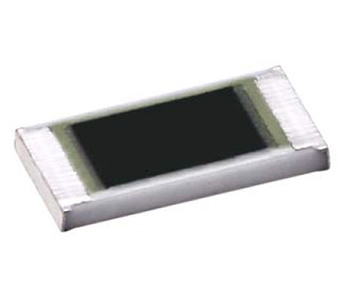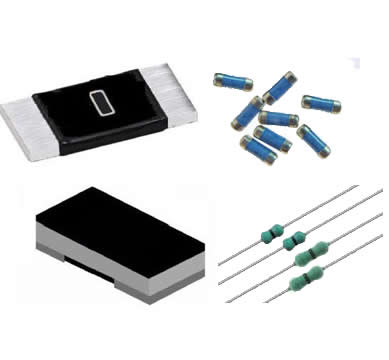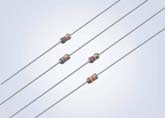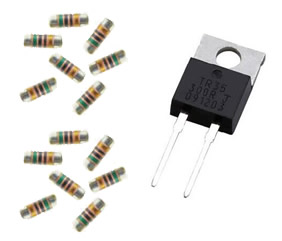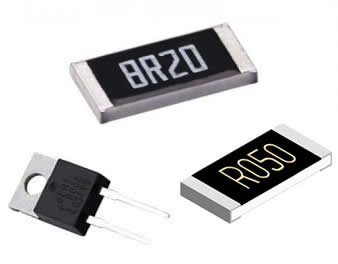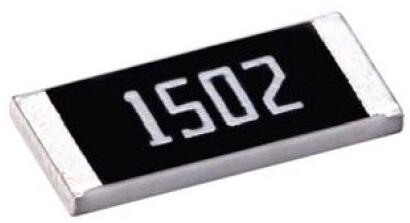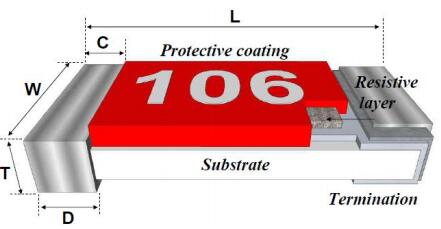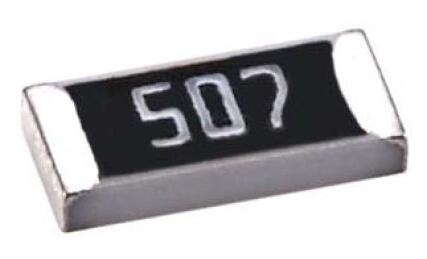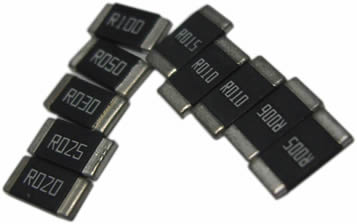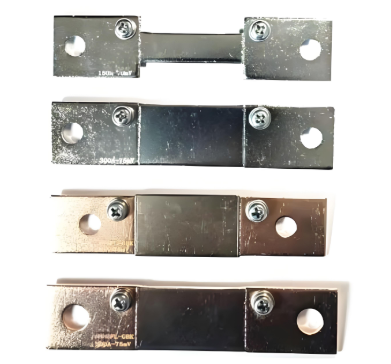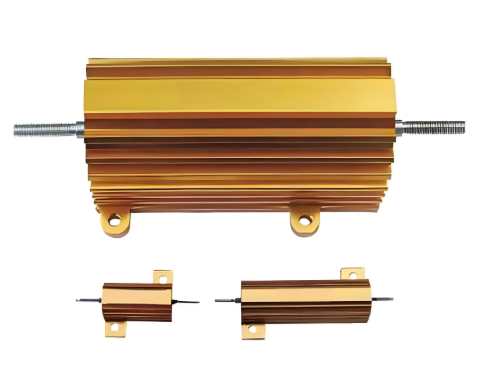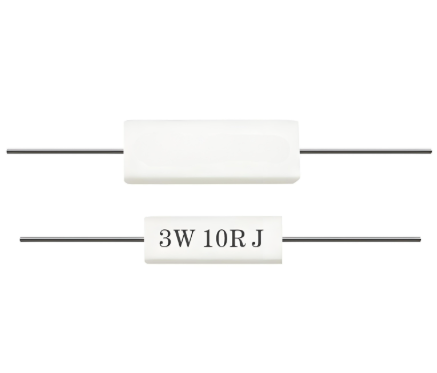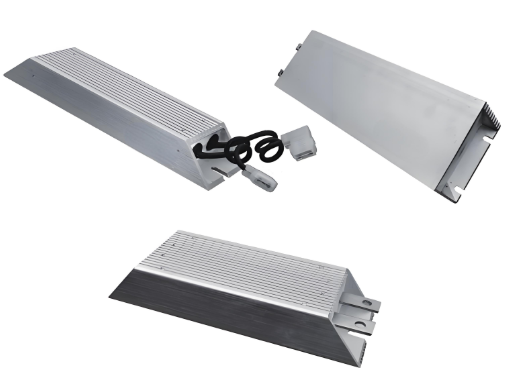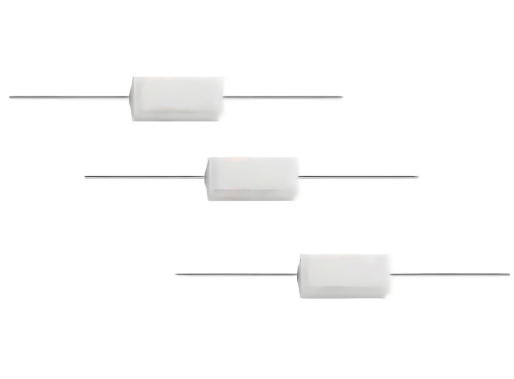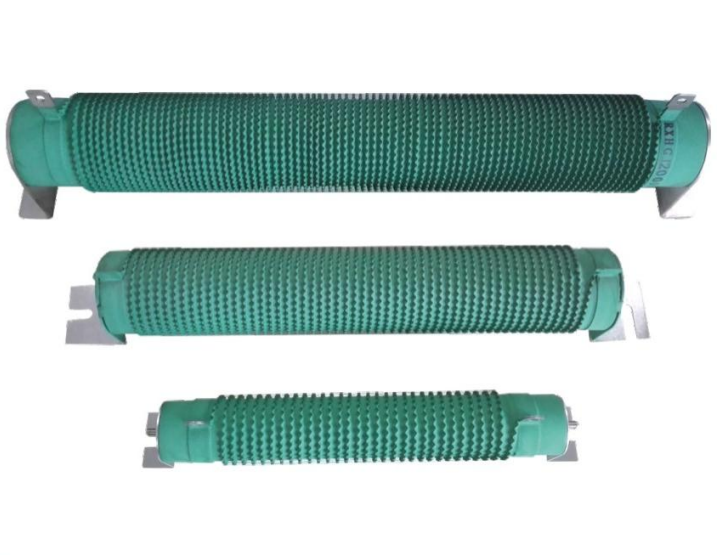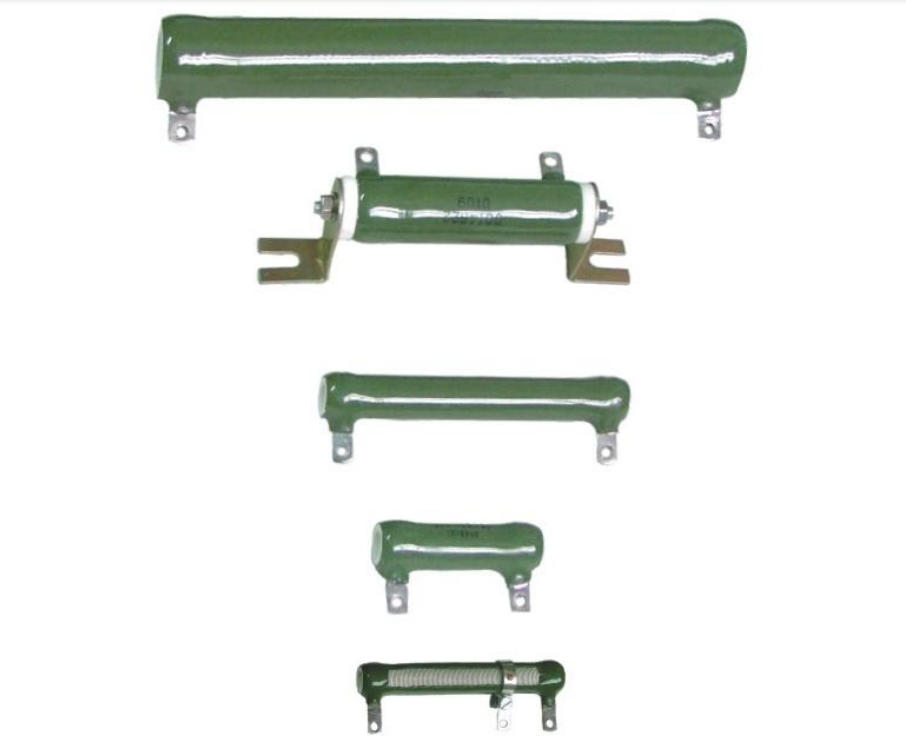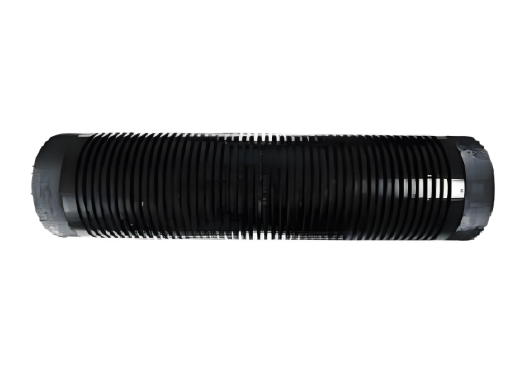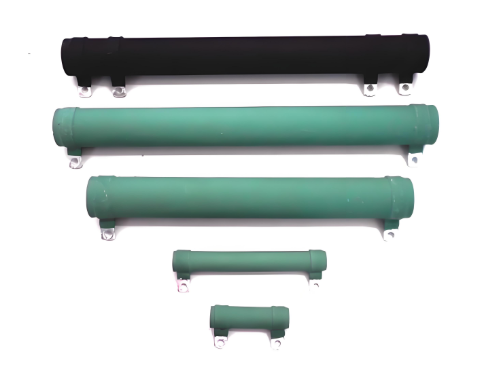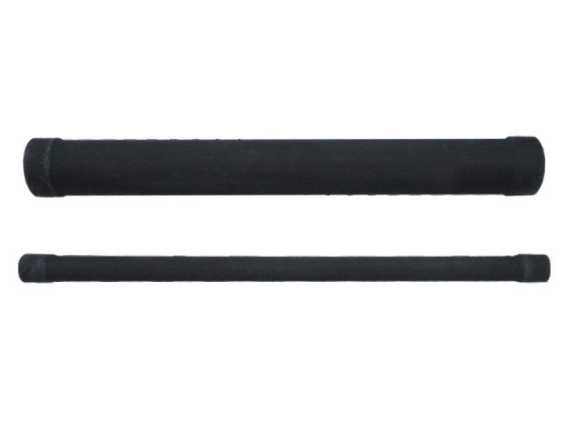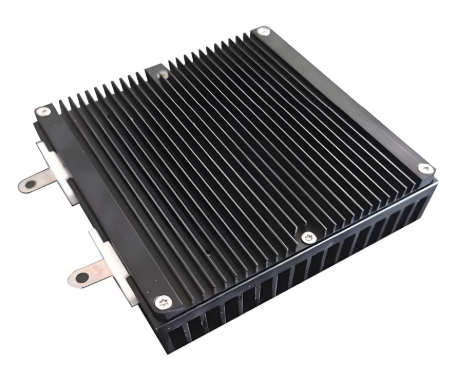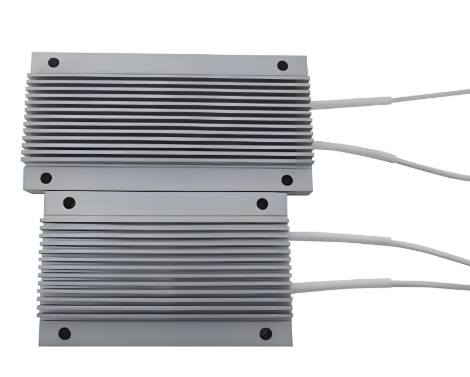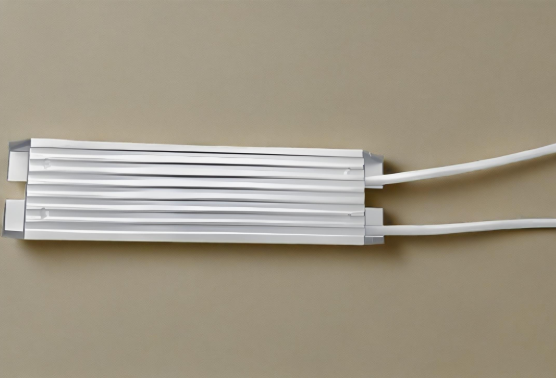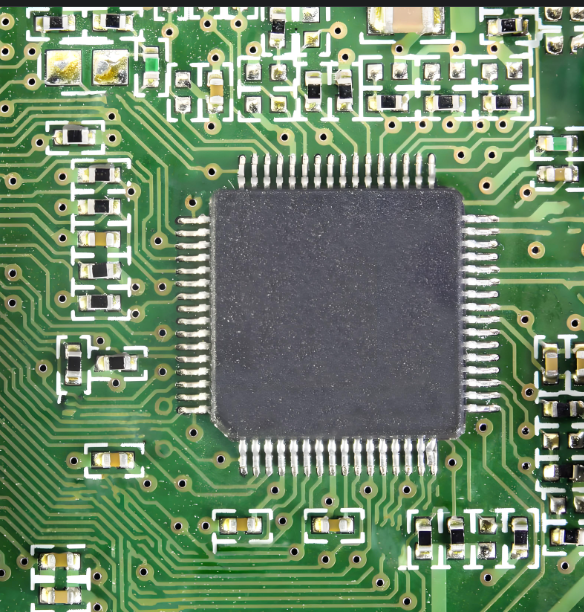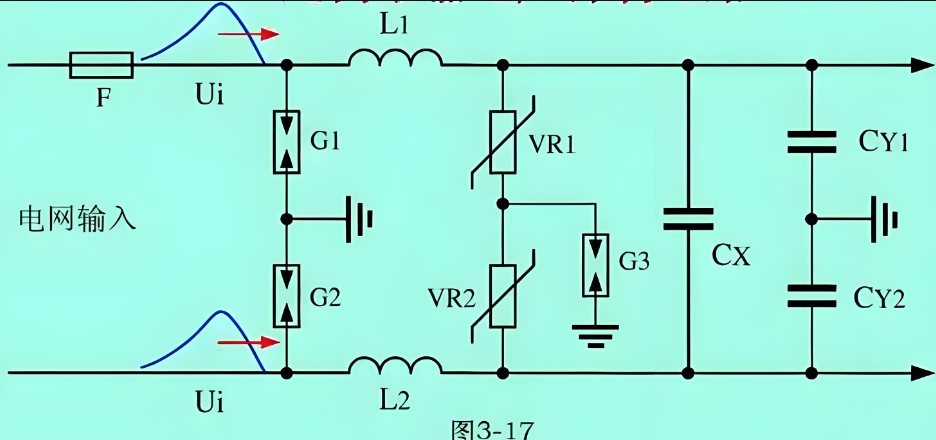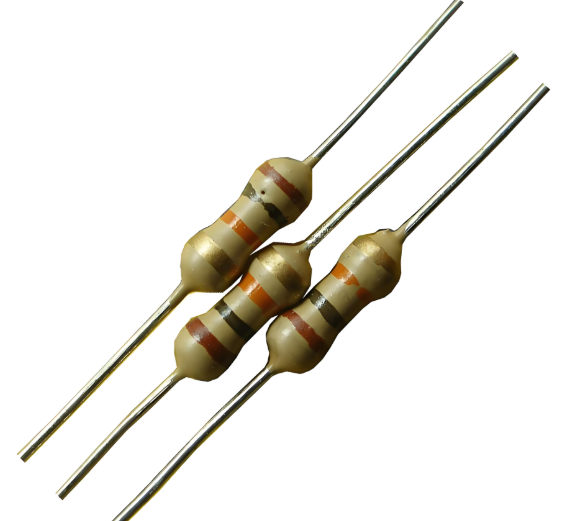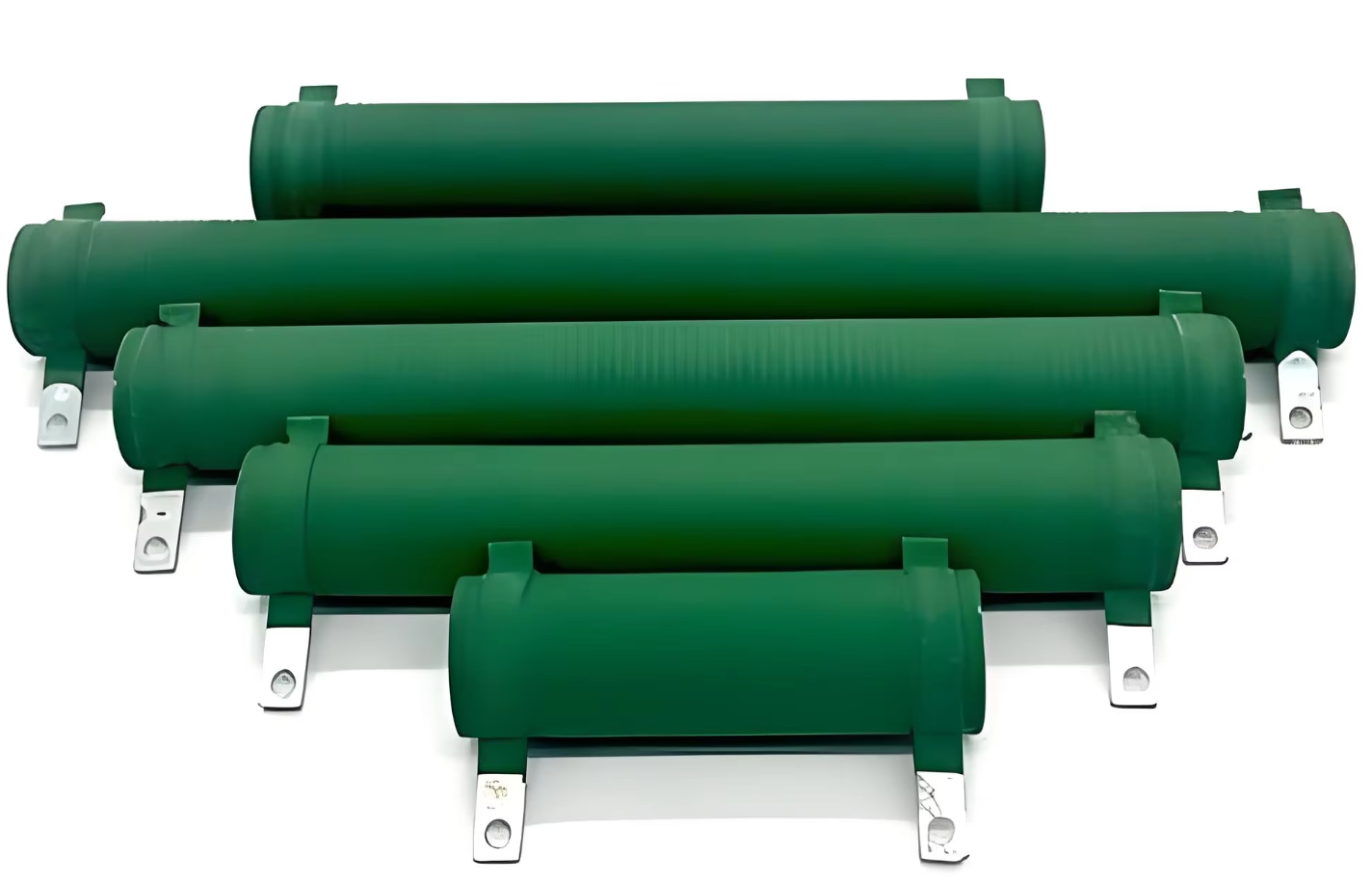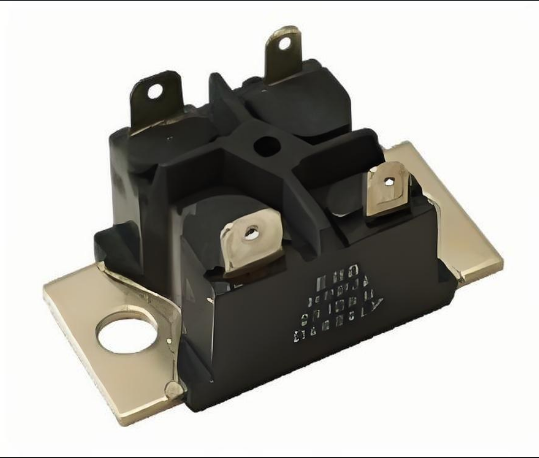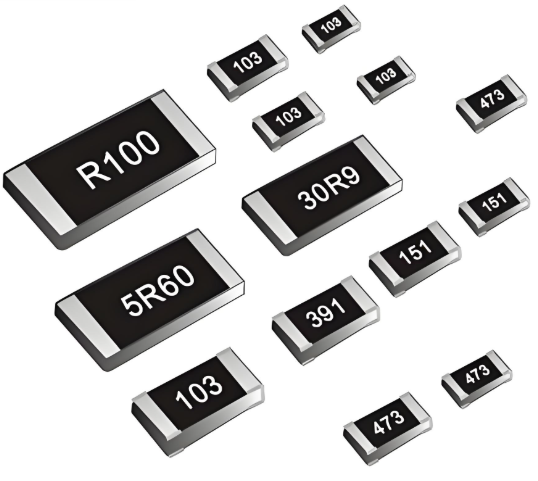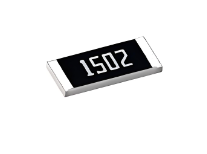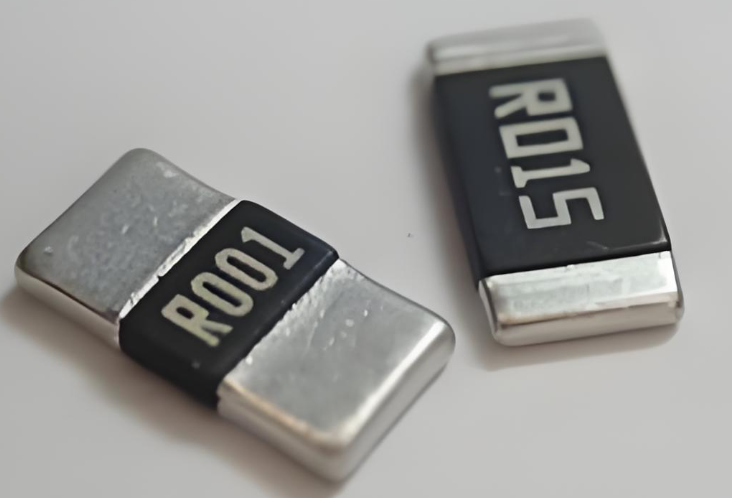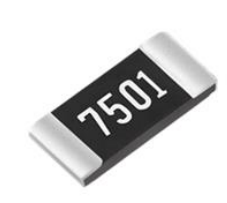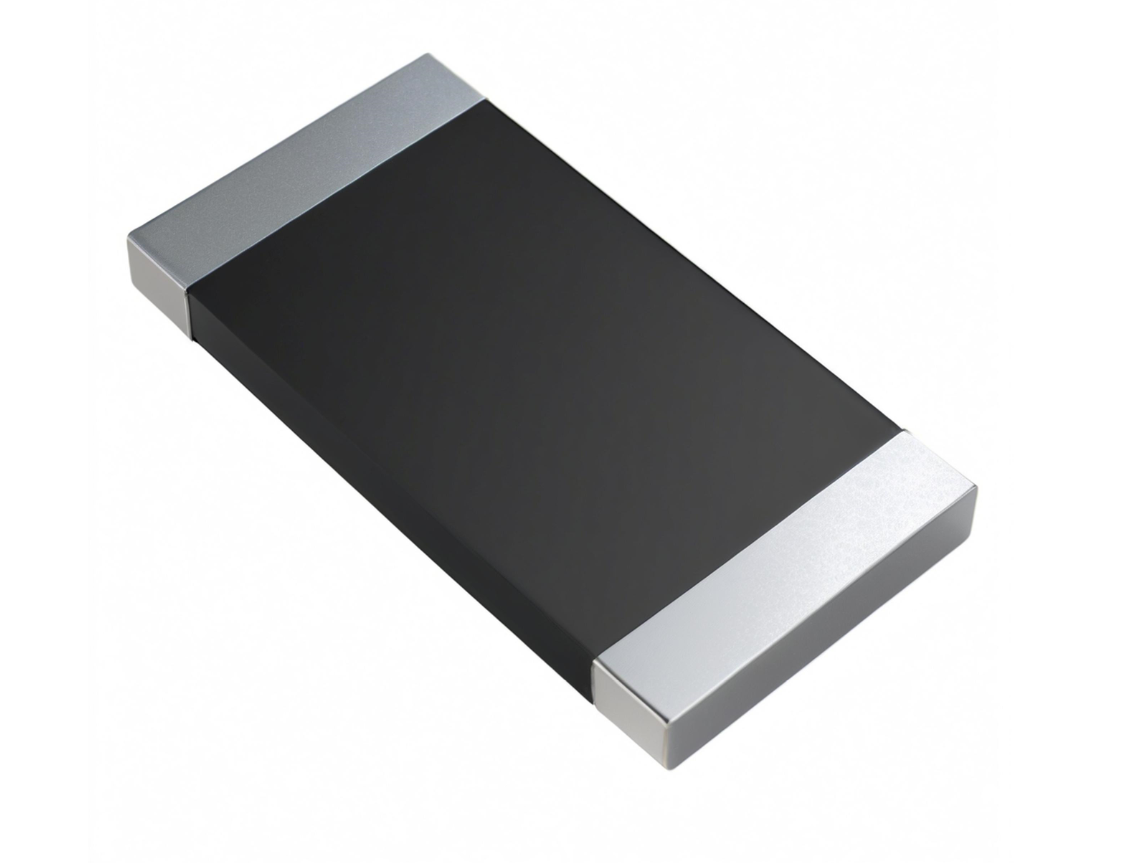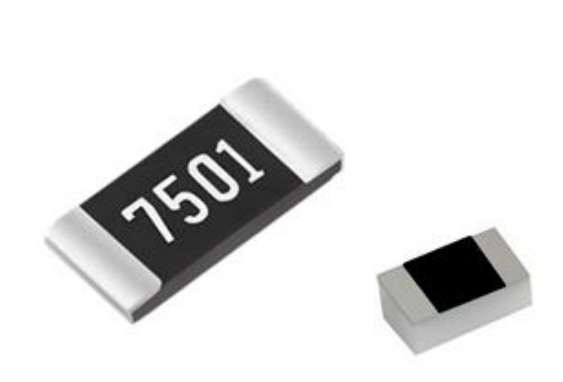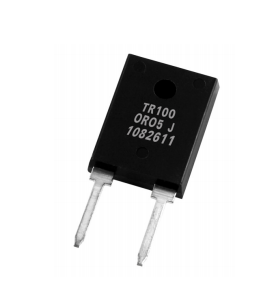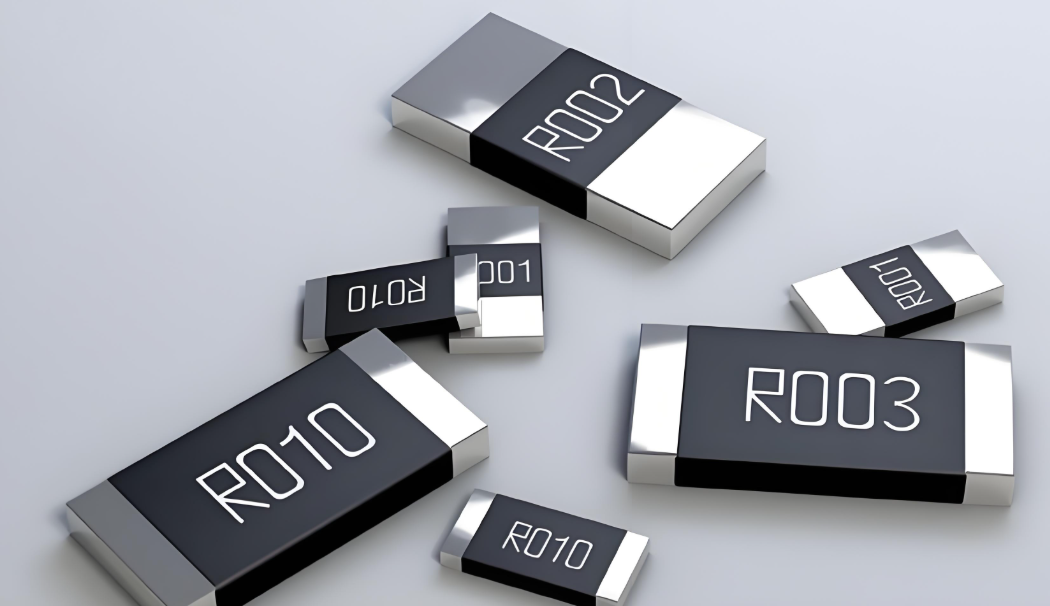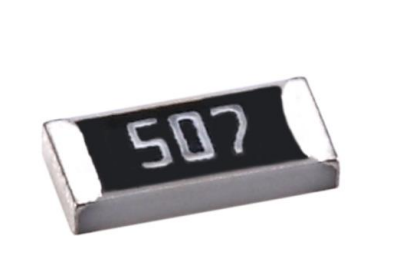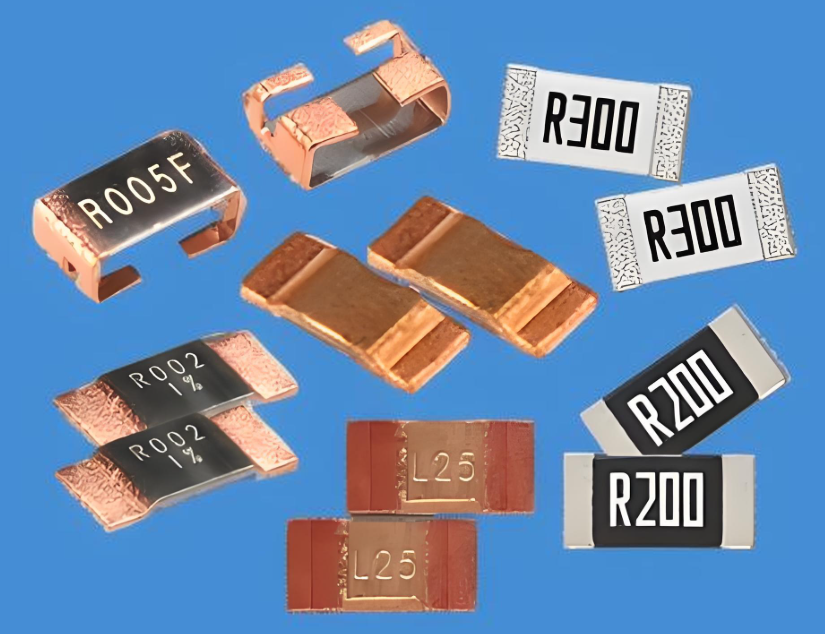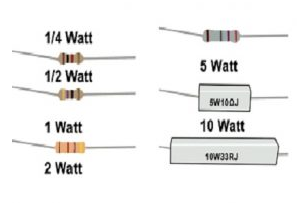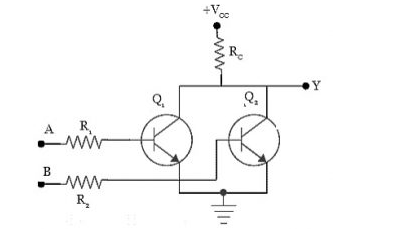Introduction: The Vital Role of Ceramic Energy Absorption Resistors in PCBs
In modern electronic systems, efficient energy management is crucial for reliable operation. Ceramic energy absorption resistors mounted on PCBs have emerged as essential components for dissipating excess energy, protecting sensitive circuits from voltage spikes, and ensuring system longevity. This article delves into the principles, applications, and optimization strategies for these specialized resistors.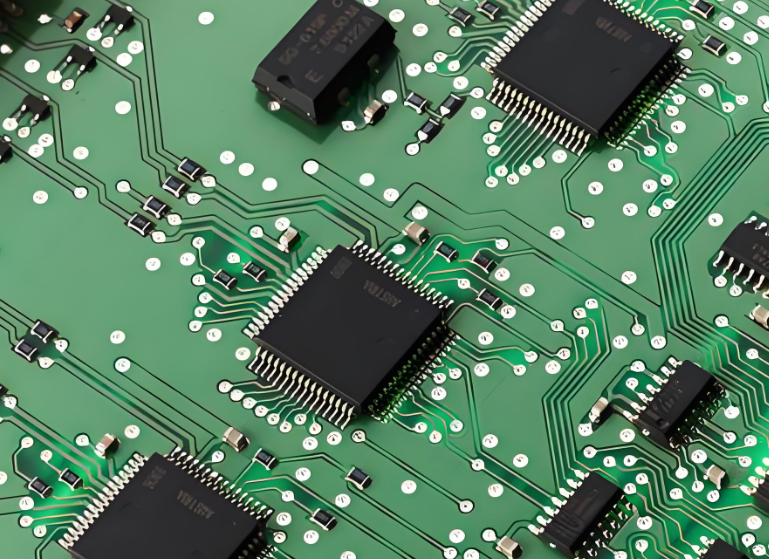
Working Principle of Ceramic Energy Absorption Resistors
Ceramic energy absorption resistors operate based on the Joule heating principle. When electrical energy passes through the resistor, it converts electrical energy into thermal energy, which is then dissipated into the surrounding environment. The ceramic material's excellent thermal conductivity and high-temperature resistance enable it to handle significant energy pulses without degradation.
Application Scenarios in Electronics
These resistors find extensive applications across various electronic systems:
Power supply circuits for voltage regulation and surge protection
Motor drive systems to absorb regenerative energy
Solar inverters for managing energy fluctuations
Automotive electronics in electric vehicles for battery management
Key Selection Criteria for Resistors
Selecting the appropriate ceramic energy absorption resistor involves several critical factors:
| Parameter | Typical Value Range | Importance Level |
|---|---|---|
| Power Rating | 0.1W to 500W | High |
| Resistance Value | 0.1Ω to 1MΩ | High |
| Maximum Operating Voltage | 50V to 10kV | Medium |
| Thermal Conductivity | 10 to 100 W/m·K | High |
| Pulse Handling Capability | Single pulse up to 10k Joules | High |
Performance Optimization Techniques
A common challenge in electronic design is: "How to maximize the energy absorption efficiency while minimizing the footprint on the PCB?"
The solution involves:
Proper thermal management through optimized PCB layout
Selecting resistors with matched thermal expansion coefficients
Implementing parallel resistor configurations for high-power applications
Using simulation tools to predict thermal behavior
Comparison of Different Resistor Types
| Resistor Type | Energy Absorption Capacity | Thermal Performance | Cost Efficiency | PCB Mounting Compatibility |
|---|---|---|---|---|
| Ceramic | Excellent | Outstanding | Moderate | Good |
| Wirewound | Good | Average | Low | Fair |
| Film | Poor | Poor | High | Excellent |
| Composite | Very Good | Good | Moderate | Good |
Future Development Trends
Ongoing research focuses on developing ceramic materials with higher energy absorption densities, improved thermal management solutions integrated with PCB substrates, and miniaturization techniques that maintain performance characteristics. The trend toward more efficient energy management in electronics will continue to drive innovation in this specialized resistor technology.
Conclusion
Ceramic energy absorption resistors represent a critical advancement in PCB-based energy management systems. By understanding their working principles, proper selection criteria, and implementation strategies, designers can significantly enhance the reliability and performance of electronic systems across various applications.

